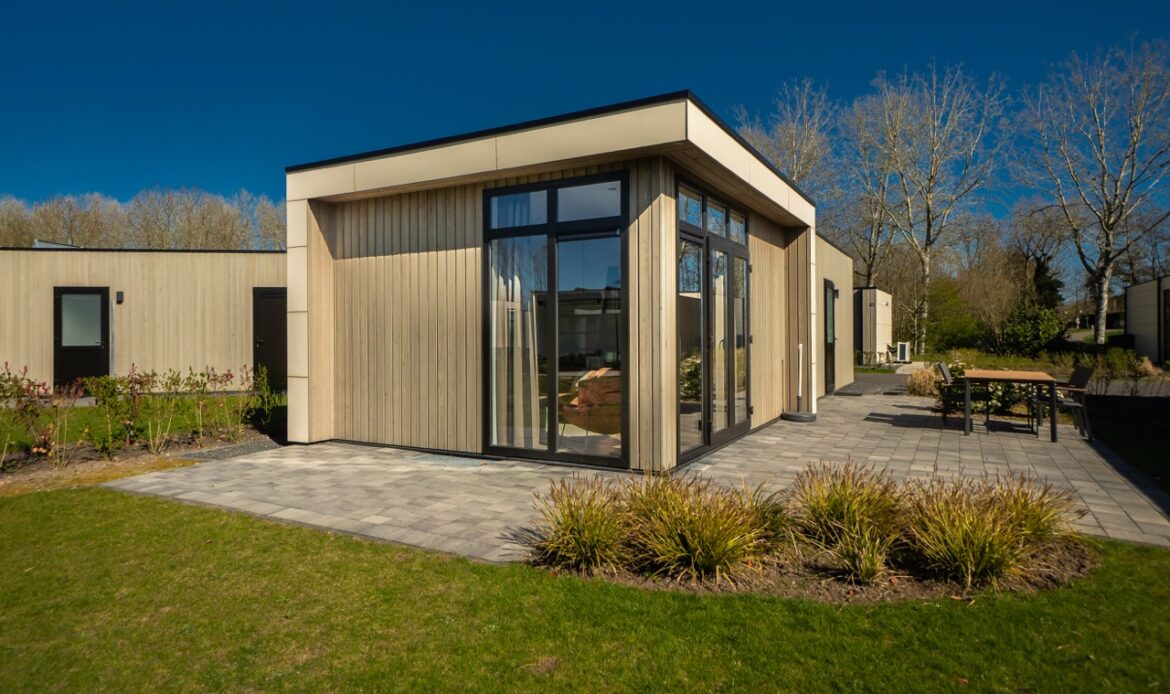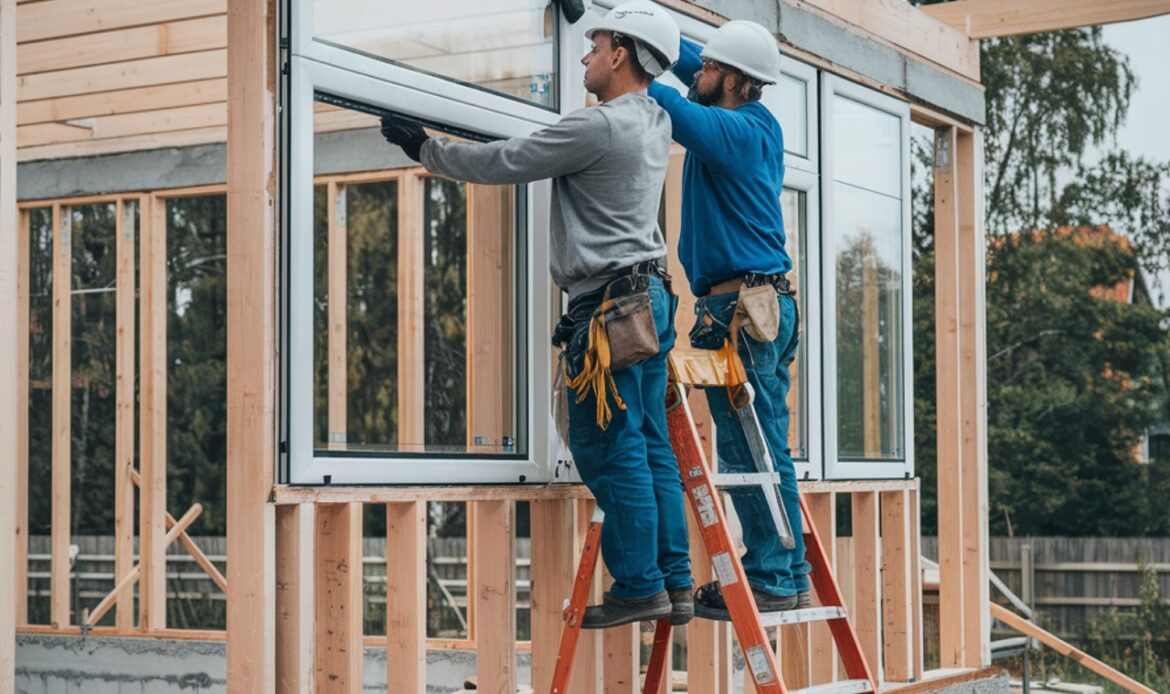Adding a new room to your home is a major decision, both functionally and visually. In Austin, where homes reflect a blend of historic charm, modern minimalism, and Hill Country aesthetics, creating an addition that feels like it truly belongs requires thoughtful planning.
A poorly matched addition can disrupt the visual balance of your property and even reduce its value. On the other hand, a style-consistent addition not only increases square footage but enhances your home’s character and curb appeal.
This blog explores how to plan and execute architectural matching room additions in Austin, offering practical steps to ensure your new space blends in seamlessly with your existing structure.
Understand Your Home’s Architectural Style
Before you can design a cohesive expansion, it’s essential to identify your current home’s style. Each architectural type has defining features that guide the materials, proportions, rooflines, and detailing used in the build.
Common Austin home styles include:
- Ranch-style: Low-pitched roof, wide layout, brick or stone
- Modern farmhouse: Gabled roofs, board-and-batten siding, black-trim windows
- Contemporary: Clean lines, flat roofs, mixed materials
- Craftsman: Exposed beams, covered porches, tapered columns
- Mid-century modern: Simple geometry, horizontal emphasis, large glass panels
Take note of exterior finishes, rooflines, window shapes, and decorative details. These elements will become your guide when designing a seamless home expansion in Austin.
Maintain Proportions and Scale
Even if your new room matches the finishes and roof pitch of the original home, it can still look out of place if the proportions are off. Scale refers to the relationship between the size of the new structure and the existing one.
Ways to keep proportions balanced:
- Match the height and width of windows and doors
- Keep rooflines consistent with the main structure
- Avoid oversized additions that dominate the original footprint
- Use setbacks and offsets to create natural transitions between sections
Designing within proper scale ensures that the addition enhances your home instead of overpowering it. For real-world examples, explore local room expansion projects that illustrate this approach.
Select Matching or Complementary Materials
Materials are one of the most noticeable aspects of exterior design. Mismatched siding, roofing, or window trims will immediately signal an addition rather than a cohesive home.
Material selection tips:
- Match existing siding type and texture
- Use the same paint colors or shades from the same family
- Choose roofing that aligns in shape and material
- Ensure trim, soffits, and fascia are identical or complementary
- Replicate masonry work if your home includes brick or stone
While exact matches are ideal, sometimes older materials are no longer available. In that case, choose modern materials that closely resemble the originals in tone and style. Learn more about regional trends in Austin home remodeling materials.

Align Rooflines and Eaves
One of the most challenging parts of a room addition is blending the roofline. Misaligned or mismatched roof angles are often what make additions feel disjointed.
Roofline blending strategies:
- Extend the existing roof pitch to cover the addition
- Use gables or dormers to create natural breaks
- Avoid multiple competing roof shapes
- Match overhang lengths, fascia style, and gutter types
This attention to roof details helps visually tie the new structure to the original, particularly in side or rear expansions.
Match Windows and Doors for Cohesion
Windows and doors are architectural focal points. Their style, size, placement, and trim details play a big role in the home’s overall aesthetic.
Guidelines for windows and doors:
- Keep consistent grid patterns and trim designs
- Align window heights and sizes where possible
- Use similar casing and framing materials
- Match door panel style and color to existing entries
In some cases, you may want to upgrade older windows in the original home to align with those in the new addition. This can modernize your space while ensuring consistency throughout.
Interior Continuity is Just as Important
The exterior of your addition should look seamless, but the interior should feel just as connected. Jarring transitions between the original structure and the new space can affect flow and usability.
Tips for interior harmony:
- Continue flooring materials and ceiling heights
- Use consistent trim and molding styles
- Carry over paint colors and finishes
- Align HVAC, lighting, and electrical features
Interior unity ensures that your addition doesn’t feel like an afterthought. You can find more strategies by browsing design insights for functional remodeling tailored to Austin homes.

Blend Outdoor Elements for a Unified Look
Room additions often impact patios, landscaping, and entryways. Thoughtfully extending outdoor design can further unify your property’s overall look.
Outdoor design tips:
- Extend patios or porches to connect old and new areas
- Use similar plants, pavers, and lighting in the landscaping
- Match fences, gates, and garden walls where applicable
- Add architectural features like pergolas or awnings to transition spaces
These outdoor enhancements can soften transitions and help the new addition feel like it was always part of the home.
Work with Designers Who Understand Austin Architecture
Achieving architectural harmony in an addition requires expertise. Working with professionals familiar with Austin neighborhoods, home styles, and permitting requirements will ensure your project looks natural and performs well.
Why local design matters:
- Knowledge of historical guidelines in heritage districts
- Familiarity with regional materials and climate concerns
- Understanding of zoning codes and building height restrictions
- Experience blending classic and modern design elements
When reviewing past projects or design consultations, look for teams that emphasize seamless design, not just added space. You can learn more about the value of local knowledge by checking out project-based remodeling guidance.
Conclusion
A room addition should feel like a natural extension of your Austin home, not a bolt-on that disrupts the overall design. From matching rooflines and materials to continuing interior finishes and landscape elements, every detail counts.By focusing on architectural consistency and working with professionals who understand your home’s style, your addition can look timeless and intentional. Whether you live in a historic bungalow, a modern ranch, or a custom contemporary, blending new with old is key to a successful project.
If you’re ready to explore how to create a seamless room addition tailored to your property, start by reviewing local examples of cohesive home expansions, meet the designers and builders behind the work, or connect directly to start a conversation about your goals. You can also stay inspired with design ideas and architectural tips at the remodeling insights center.
FAQ Section
1. How do I match a room addition to my home’s existing architecture?
Start by identifying your home’s style, then mirror key elements like siding, rooflines, and window shapes in your addition.
2. What if I can’t find matching materials?
Choose modern alternatives that closely resemble the tone, texture, and color of the originals. Consistency is more important than identicality.
3. Do I need to update my current home to match the addition?
Not necessarily, but updating features like trim or paint can create a more unified look.
4. Is it okay to mix styles in an addition?
It can work if done intentionally, but abrupt contrasts should be avoided unless designed by a professional.
5. How important is interior continuity?
Very. Matching flooring, ceiling heights, and trim styles creates a flow that makes the new space feel like part of the original home.
6. Should I match the roof shape exactly?
Yes, when possible. If not, use transitions like dormers or offsets to blend the new roof visually with the old.
7. Can landscaping help tie together old and new structures?
Absolutely. Repeating plant palettes, lighting, and pathways can soften visual breaks between spaces.
8. Will mismatched additions affect home value?
Yes. Additions that clash with the original architecture can reduce curb appeal and resale value.
9. How do I ensure my addition complies with Austin building codes?
Work with a licensed contractor familiar with local zoning, permitting, and historical district requirements.
10. Where can I get more ideas for style-consistent additions?
Explore this design inspiration hub for visuals, tips, and strategies from local Austin renovations.